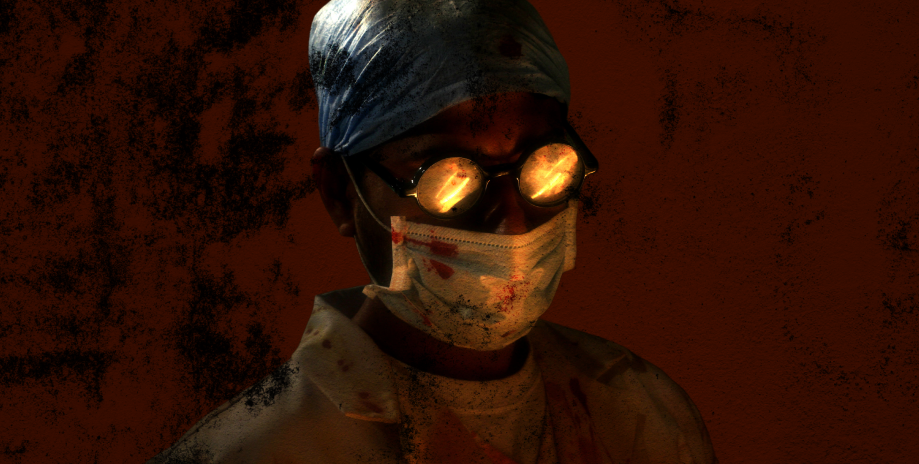After a production period of 30 years, the stop-motion animated adult horror film “Mad God” was finally released in June. Having missed the initial release, I decided to visit this horror film in time for Halloween.
“Mad God” follows a soldier who ventures deep into a hellish, post-apocalyptic landscape– encountering monsters along the way, while on a quest to detonate a bomb.
The film is a visual extravaganza, courtesy of director Phil Tippett, who is the mind behind much of the stop-motion effects of “RoboCop,” “Jurassic Park” and the original “Star Wars” trilogy.
However, the strikingly beautiful, yet grotesque film that is “Mad God” struggles to maintain interest. While the strongest aspects of the movie are its visual style, lighting and composition, the film is otherwise difficult to get through.
From the opening scenes, it becomes evident that the movie has no speaking or acting. Most of its budget — which came from crowdfunding like Kickstarter— is seen in the animation itself.
Sadly, “Mad God” manages to both linger too long on many shots and spend too little on visual storytelling cues, failing to develop any investment in its paper-thin characters.
While viewing, I was expecting at some point to be hooked in by memorable scenes that could have been key turning points. One such scene involves a character being captured and subjected to a gory and unsettling dismemberment. But the scene drags on and any element of fear disappears with how cartoonish it becomes. There is also a noticeably abrupt ending.
There are apparent themes of violence and the brutality of war, as well as notable sexual imagery that demonstrates its intentions.
“Mad God” depicts these themes by showing how they become endless cycles. Much of the violence is seen throughout and destruction is shown as having created the world. On the other end, any semblance of the psychological, or perhaps sexual, elements that led to that destruction were hardly touched upon.
What is there hardly feels like it needed to be included in the first place. Beyond that, the ending does little to incite new ideas regarding the subject matter and feels as though the director struggled to complete it.
A beautiful and uneven mess is how I summarize “Mad God.” Still, I hope more filmmakers are willing to take a chance and use some of Tippett’s ideas and have the same motivation to create something new.

